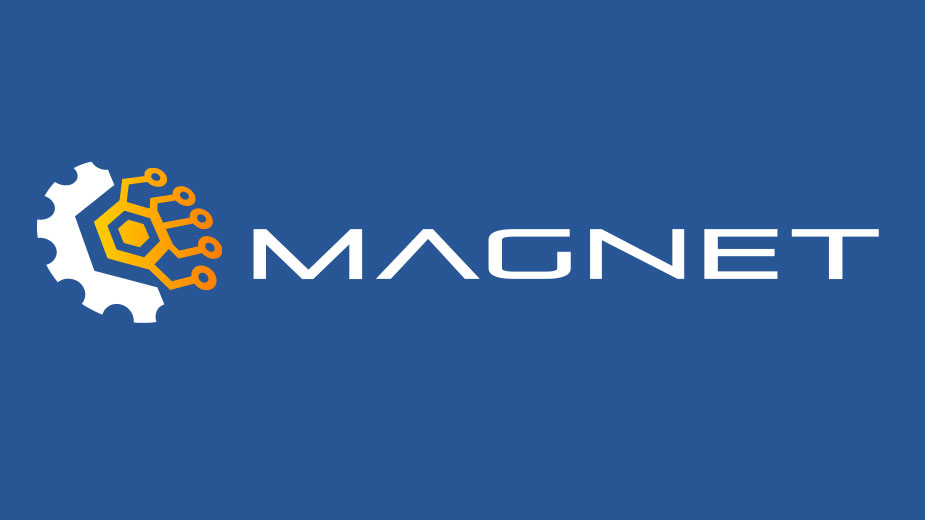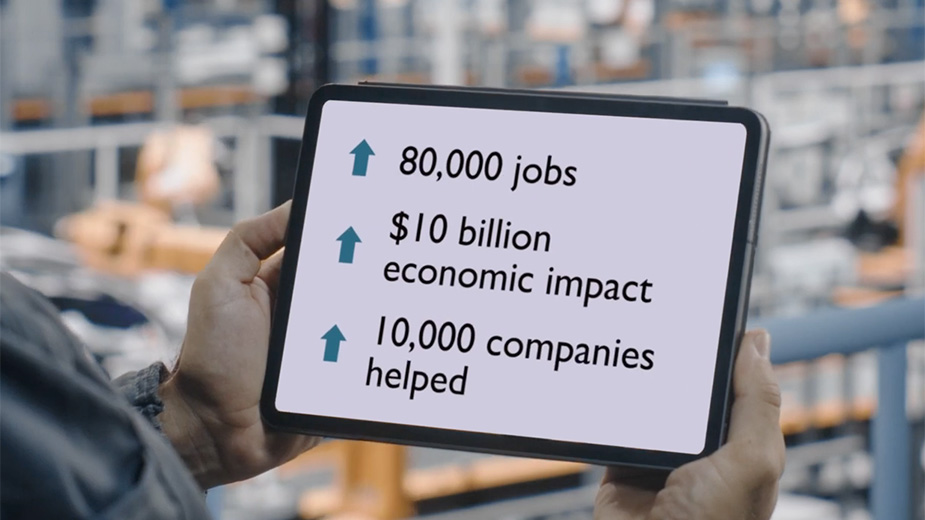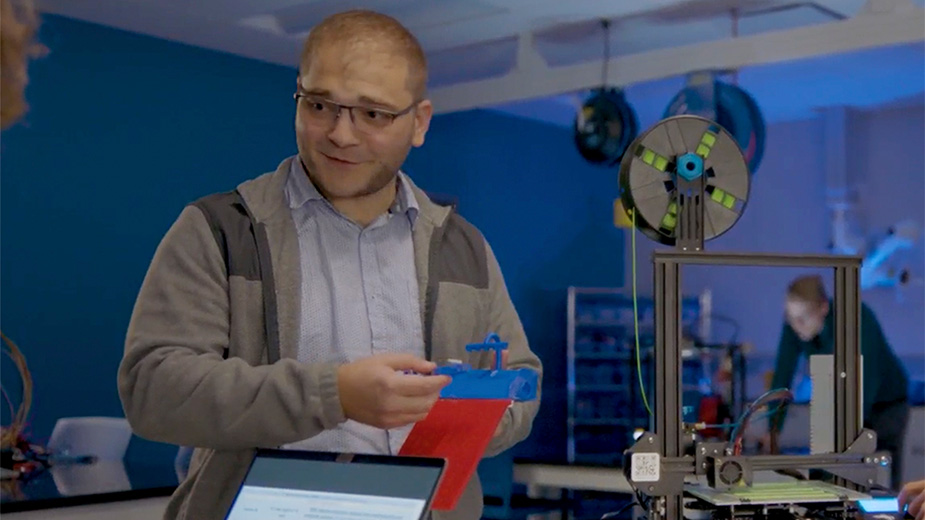Survey Shows Widening Gap in Industry 4.0 Technology Adoption
CLEVELAND, Ohio – Large and midsize manufacturers are adopting Industry 4.0 technologies and innovating at a much higher rate than smaller companies, according to Magnet’s 2023 Manufacturing Survey.
The survey aims to spotlight the state of manufacturing in northeastern Ohio, which drives almost half the regional economy.
Since 2017, the survey has provided insights into the realities facing manufacturers and the trends shaping our future.
Below is a summary of key findings on the adoption of Industry 4.0 technologies (including robots and cobots, automation, sensors and 3D printing) and overall innovation – key indicators of future growth and productivity.
There’s been an 80% increase in Industry 4.0 technology adoption since 2019. Manufacturers who have begun adopting and using these technologies are widely embracing them. Companies report using advanced technologies for three things: productivity/reducing costs, increasing capacity and compensating for labor shortages.
Despite the increase, overall adoption rates remain below 20% for most technologies because the base level was extraordinarily low.
Only 28% of companies are using Industry 4.0 technologies. While the manufacturers who have made the leap are leaning into the benefits of cobots (collaborative robots), automation, sensors and 3D printing, 72% have not yet begun their journey.
Larger companies with more than 100 employees are moving much more rapidly on Industry 4.0 than smaller companies.
Magnet’s new Industry 4.0 Index measures and tracks the adoption rate of advanced technologies:
- It considered eight technologies: basic 3D printing, advanced 3D printing, use of 3D printing in products, smart/connected machines, smart/connected products, artificial intelligence/Big Data, virtual/augmented reality and collaborative robots.
- Adopters are defined as those driving ROI or maximizing the use of the technology, not those piloting or experimenting.
- For all companies, the index has risen from 25 to 45 since 2019, which represents a rapid increase in the region’s Industry 4.0 capabilities.
- The index shows that while the 80% increase in adoption is positive, it’s tempered by the fact that the region started from such low adoption, piloting and testing rates that even with the leap, most advanced technologies still have below 20% use rates.
About 70% of companies say innovation is not one of their top three priorities. Companies cite not having the right people, lack of time, cost of innovation and competing priorities as their top reasons for not innovating more.
However, despite innovation not being reported as a top priority, 58% of companies launched a new product in 2022-2023, up 10% from two years ago. Companies reported that 7% of their revenue comes from these new products.
Sustainability is the primary driver of innovation, and 32% of northeastern Ohio manufacturers are investing in technologies to reduce waste, water usage or energy consumption, or that use renewable resources.
“On one hand, the progress we’re seeing in adopting Industry 4.0 technologies is exciting,” said Ethan Karp, president and CEO of Magnet. “But on the other hand, that progress is primarily being made in a small number of larger manufacturers who are rapidly expanding the use of advanced technologies. The rest of the industry hasn’t made the leap into the future. That means the gap between the technology ‘haves and have nots’ is getting wider every day, and small manufacturers risk being left completely behind.”
He said the region needs more manufacturers, particularly smaller ones, to “embrace advanced technologies and invest in substantial innovation to drive productivity, boost our GRP and ensure Northeast Ohio remains a key manufacturing hub.”
This year, for the first time, Magnet’s Manufacturing Survey was aligned with the Blueprint for Manufacturing in Northeast Ohio so that it could provide insights into the key areas identified as critical to the industry’s future: talent, technology transformation, innovation and leadership.
More information about the talent-focused data that was previously released can be found on Magnet’s website.
Published by The Business Journal, Youngstown, Ohio.



